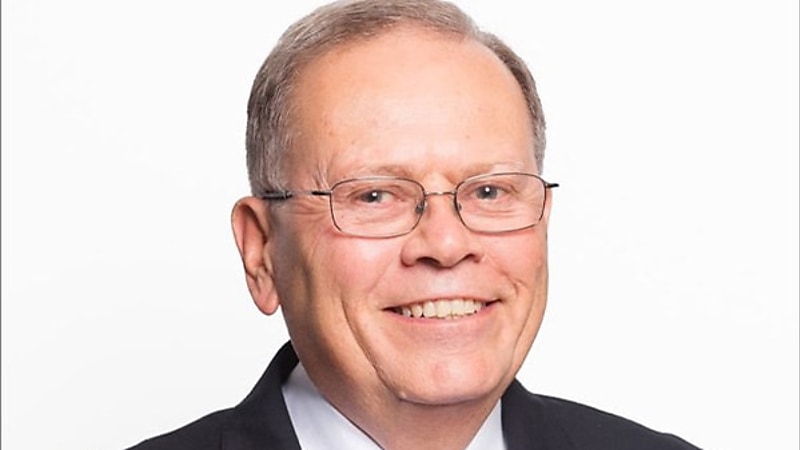Challenges with TBC increase for those in pension phase: adviser
The increase in the transfer balance cap from $1.9 million to $2 million is not as simple as it seems, particularly for members already in pension phase, a leading adviser has said.
David Busoli, principal of SMSF Alliance, said on the latest SMSF Adviser podcast that for those members just starting their pension, the transfer balance cap (TBC) increase is “nice and simple”, and they start at $2 million.
“However, for those who have had a pension before and haven’t used up the whole of the cap at the time, you can take into account this indexation, but not to the extent that you might think,” Busoli said.
“The TBC hasn’t really gone from $1.9 million to $2 million at all.”
He gave an example of a member who had started a pension or a series of pensions before 1 July 2025 that equated to a starting balance of $950,000, which is 50 per cent of the $1.9 million balance cap that applied up until the end of last year.
“That member has used 50 per cent of that cap when the $100,000 indexation came in; they only get 50 per cent of that value,” he said.
“So, they have only gone up 50 per cent of the $100,000, which is $50,000. Then, when you consider that that calculation is applied to everyone who has an existing pension, you would be hard-pressed to find two people in the country who have exactly the same amount of transfer balance account used,” he said.
“It means that every single person with an existing pension has a different transfer balance cap.”
Aaron Dunn, CEO of Smarter SMSF, said the challenges begin as it is not simply a matter of looking at the indexation at a point in time, but is now necessary to reflect on the history of that TBC to look at not only the amounts that have gone in but also those that have gone out.
“That’s where the fun and games begin because you need to have accuracy in that data to ensure that the amount that you can get indexation by is actually correct,” Dunn said.
“What we see is that it is only as good as the information that’s in there, and we know SMSFs have a very different time frame to what industry funds do. So, both in terms of what the requirement is under law and then probably what practically happens as well is even further stretched there.”
Busoli added that there are two factors that must be considered when determining the TBC.
“One is whether the record that the government holds is correct, and two is, what is the record?” he said.
“If you look at the first part, the government will only record what it’s given, and in the case of SMSFs, a fund only has to lodge a transfer balance report within 28 days of the end of each quarter. So, as pensions are commuted or commenced, there’s no immediacy with which that information can necessarily go to the government.”
He added that even if an SMSF fulfils its requirement within that 28 days, there is a challenge in locating that information from the government.
“The biggest single problem that we have as SMSF administrators, and I’m sure the biggest single problem that financial planners have in terms of accurately advising their clients is a lack of information because we are unable to access the information of any of the members of any of our funds unless we also act for them in a personal taxation capacity,” he said.
“We don’t act as personal tax agents. We only do SMSF administration, and there are many SMSF administrators around the traps that just do that. So, the only way that we can get that information is by asking the member. Similarly, the financial planner can only do that as well.”


